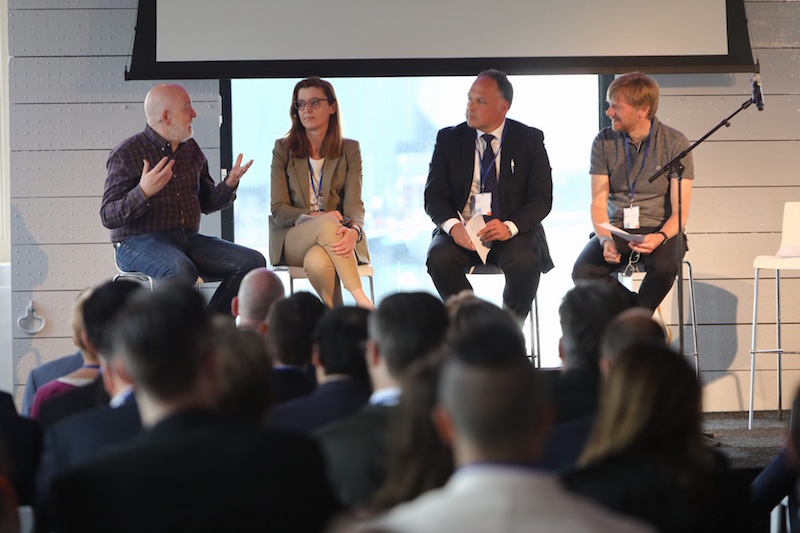Maja Pawinska Sims 28 May 2018 // 12:04AM GMT

AMSTERDAM — PR professionals need to move beyond measuring reach and focus on finding ways to prove the impact of their work on business results, according to speakers at the In2 Innovation Summit EMEA in Amsterdam last week.
On a panel entitled ‘Cracking the PR Industry's Measurement Challenge’, hosted by Weber Shandwick’s EMEA head of client experience Hugh Baillie, speakers urged agency teams to make a clearer connection between PR and business results from reputation to sales.
Unilever’s Annick Boyen, VP of sustainable business, communications and head of external affairs Europe, said: “If comms results don’t link back to business results, it’s a no-go area. We have a sustainability plan and everything we measure ties back to the key elements of increasing revenue and decoupling from environment impact. There’s a good business case for being a purpose-driven company, so everything we do from a communications, marketing, HR and supply chain point of view has to link back to that, whether it’s measuring being the preferred employer among graduates in 48 countries, sustainably sourced ingredients, reputation, CO2 reduction, or zero waste to landfill.”
And Boyen — who was latterly CEO of Weber Shandwick Benelux — said she wanted her PR agencies to be “business partners” who spoke the same language: “Can you talk shop, can you talk business insights? This industry doesn’t need to compare itself with advertising: it’s in the position of being very close to business results, and having unique relationships. As long as the measurement model comes back to business, I’m happy.”
The other client on the panel, Michael Delle Selve, senior communications manager at European Container Glass Federation FEVE, said measurement had been one of the biggest challenges for the organisation: “We moved from traditional press campaigns to social platforms, measuring likes, views, engagements, sentiment and content of these engagements. We had great marcomms results, and won awards and recognition, but of course this is not enough for a CEO-level discussion, and for our members, this level of measurement was not enough.
“So in 2016 we ran a major campaign and translated the engagement to whether consumers had changed their behaviour around glass packaging in the supermarket, and we found 64% of people had changed their behaviour. We haven’t solved the problem, but it has evolved and we are making the jump from comms to business results.”
Paul Holmes, founder and chair of the Holmes Report, said the clients on the panel were still unusual in their emphasis on business impact: “Something like two out of three SABRE award entries are still measured exclusively in terms of reach. The metrics vary, from opportunities to see, to mentions, to advertising equivalency, but essentially it comes down to ‘we bombarded this many people with our message’. When it goes a step beyond that, it’s typically to likes, followers, engagement, and those numbers I simply don’t trust. Every agency has developed some sort of measurement tool, but CMOs just want something to measure volume so they can make that direct comparison with advertising. It’s utterly facile and makes no sense. If AVE is objectionable then reach and OTS are equally as objectionable.”
Holmes said the industry needed to focus on one industry standard of measurement: “One of the things that worries me is that all the big agencies see an opportunity in having a black box that delivers a metric that’s more compelling than their competitors, when I think the biggest issue is to unite around an industry standard, which is a problem because we reach across everything from public policy to reputation to consumer marketing. I don’t think we even agree as an industry what the deliverable around PR really is, except we all agree it has to be more than a media clipping or impressions.
“What we are now seeing — in influencer marketing in particular — is measurement that takes you all along the funnel from awareness to sales, and PR is more effective than advertising in that case. To me, the end product of a PR campaign is in how what we do affects relationships with stakeholders — if we could make that the standard measurement for PR I’d be much happier.”


































.jpg)

















